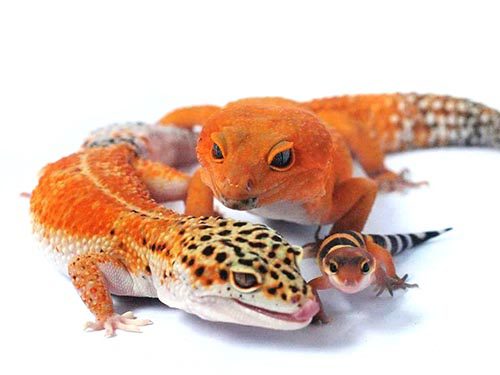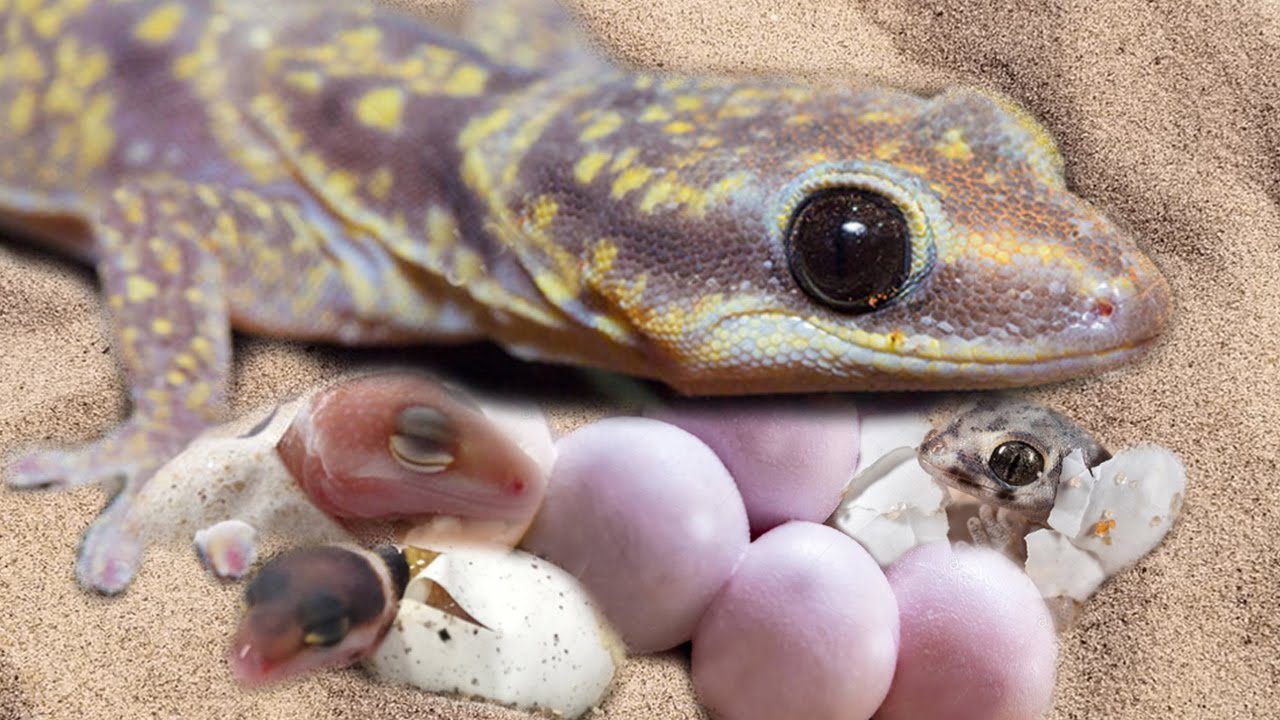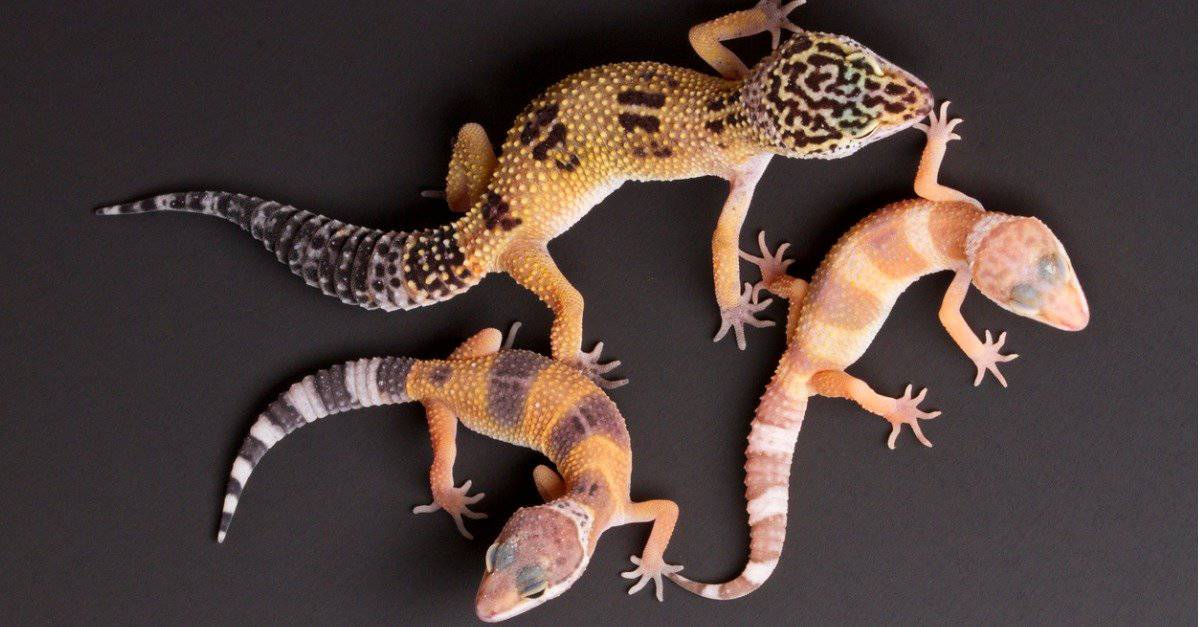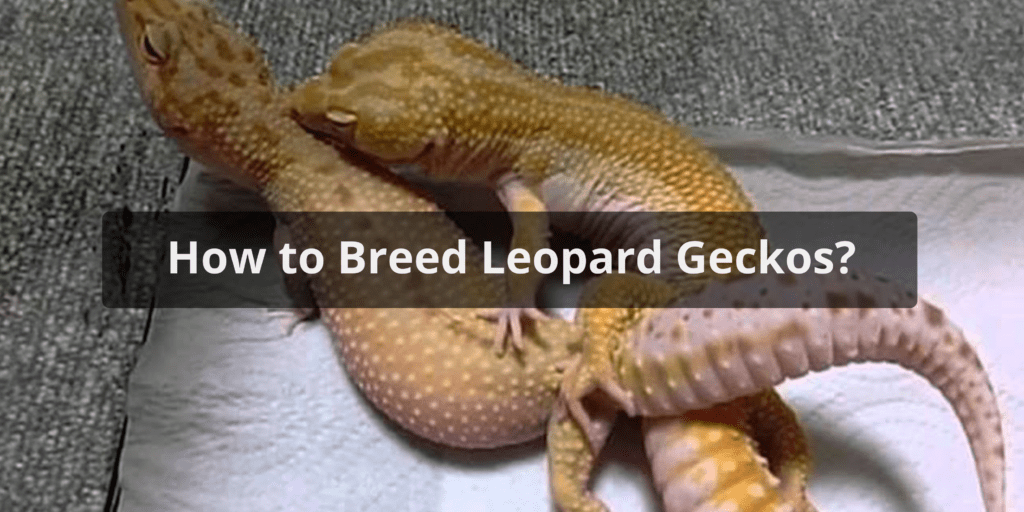Leopard geckos are a popular pet lizard known for their docile nature, unique markings, and relatively simple care requirements. How to breed leopard gecko? They are also a favorite among reptile breeders thanks to their prolific breeding habits. Breeding leopard geckos can be a rewarding experience for a responsible herpetoculturist. Here is a complete guide on how to breed leopard geckos successfully.
Intro
Breeding leopard geckos requires some preparation and know-how to ensure the health and safety of both the parents and the hatchlings. The basic requirements include setting up appropriate enclosures, selecting a healthy breeding pair, facilitating successful breeding, incubating the eggs correctly, and caring for the hatchlings after they emerge. While it may seem daunting at first, following some key steps and guidelines can help make leopard gecko breeding stress-free and fruitful.
Selecting a Breeding Pair

The first step in breeding leopard geckos is acquiring a proven pair of breeders. When selecting a male and female gecko for breeding, look for animals that are in excellent health, within the ideal weight range, and approximately 10-12 months old. Choosing related geckos is not recommended as this can lead to physical and genetic abnormalities in the offspring.
Some key traits to look for when selecting a breeding pair include:
- Healthy weight and body condition. The geckos should appear well-fed with fat reserves in their tails but not obese.
- Clear eyes, nostrils, and vent. There should be no discharge or inflammation.
- Complete and regrown tail. Injured or regenerating tails indicate recent health issues.
- Active and docile temperament. The geckos should move easily without wobbling or imbalance.
- No physical abnormalities. Check for issues like missing toes, bumps, or indentations in the skin.
Selecting unrelated geckos from reputable breeders is the best way to start a healthy breeding project. Female leopard geckos can lay multiple clutches each season, so beginning with just one proven pair is sufficient.
Setting Up the Enclosure
Leopard geckos being bred together must be housed separately from other geckos in their own 20-30 gallon terrarium. The ideal setup includes:
- Paper towel, reptile carpet, or textured slate substrate. Avoid loose substrates like sand.
- A warm hide box kept at 88-92 °F. This should contain a heat mat under the tank.
- A cool hide box kept at 75-80 °F on the opposite side of the tank.
- A humid hide box with damp sphagnum moss.
- Additional decor like plants and rocks for enrichment.
Proper temperatures are critical for encouraging breeding and egg development. Use an under tank heater on one side of the tank along with an overhead ceramic bulb to create a temperature gradient. The tank should also have plenty of hiding spots so the male and female can get relief from each other when needed.
Preparing for Breeding
To get leopard geckos ready for breeding, some key preparation steps should be taken 1-2 months before introducing the pair:
- Rainy season conditions: Gradually increase the humidity and simulate seasonal rainstorms using a spray bottle 1-2 times per week.
- Light cycle adjustment: Slowly decrease the day length from 14 hours daily down to 10-11 hours to mimic winter photoperiods.
- Nutritional diet: Feed more frequently with calcium-rich insects like crickets, worms, and roaches. Lightly dust food with vitamin D3 and calcium supplements.
- Cooling period: Allow the tank’s ambient temperature to drop to 65-75 °F for 1-2 months.
These environmental cues can help trigger the breeding instinct in both male and female leopard geckos. Continuing the rain simulations, reduced light schedule, and cooling period through breeding can help increase success rates. The geckos should also be housed alone during this time to prevent any premature breeding attempts.
Mating Egg Laying

Once the simulated rainy season is underway and the geckos appear healthy and active, the male and female can be introduced in the prepared breeding tank. It is normal for some conflict to occur at first as they establish dominance and territory. Provide ample hiding spots and monitor them closely for signs of aggression. Here are some things to watch for:
- Courtship rituals – The male will vibrate his tail, lick the female’s back, and nibble her neck and back. If she is receptive, the female will be passive during this process.
- Breeding – Once the female accepts the male, he will grasp the nape of her neck with his teeth to position her for copulation. Breeding may occur multiple times over several days. Provide additional calcium supplements to the female after breeding.
- Eggs – 1-2 weeks after successful breeding, the female will begin laying infertile eggs for the first few clutches. Fertile eggs will have slightly softened and indented shells. She will often select the warm, humid hide to deposit the eggs.
It is important not to disturb or handle the female excessively during breeding and egg laying. Maintain ideal tank conditions and offer high calcium feeders to support her health. Remove any uneaten insects daily to prevent bites or stress.
Incubating the Eggs
Once the female has laid a clutch of 2 soft, fertile eggs, they must be set up for artificial incubation to hatch successfully:
- Gently transfer the eggs into a plastic container filled 1-2 inches deep with a 50/50 mix of vermiculite and water. The incubation medium should feel lightly damp but not soggy.
- Place the egg container inside a regulated incubator or heated, insulated cooler. Maintain a steady temperature between 78-82°F.
- Do not turn or rotate leopard gecko eggs during incubation. Simply leave them undisturbed in the vermiculite medium.
- Mark the top of each egg with pencil so orientation is not changed. Changing orientation can interfere with embryo development.
- Check eggs periodically for dents, mold, or other issues. Discard any eggs that develop abnormalities.
With ideal incubation conditions, the eggs should hatch after 45-60 days. Avoid unnecessary opening of the incubator and minimize temperature fluctuations.
Caring for Hatchlings

Once the eggs begin “pipping” and the juveniles fully emerge, they can be set up in a nursery habitat. Important hatchling care guidelines include:
- House hatchlings together in a 10-20 gallon nursery tank with simple paper towel substrate and hide boxes. Avoid loose substrates.
- Maintain ambient temperatures between 85-90°F with a heat mat on one side to create a warm zone of 88-92°F.
- Feed daily with size-appropriate feeder insects like 1 week old crickets and small mealworms. Lightly coat food in calcium supplement at every other feeding.
- Provide a shallow water dish but avoid excessive humidity for the first few weeks.
- Limit handling and allow hatchlings time to settle in before cleaning or maintenance.
- Separate juveniles into same-sex groups or individual enclosures by 8 weeks old to prevent breeding.
With attentive care and proper setup, leopard gecko hatchlings grow rapidly and can become breeding adults within 10-12 months, completing the reproductive cycle.
Conclusion
From selecting a healthy breeding pair to incubating eggs and raising hatchlings, breeding leopard geckos requires preparation, diligence, and proper husbandry techniques. Following natural seasonal triggers, providing ideal tank conditions, and carefully incubating eggs can lead to success. Raising the offspring also demands attentive maintenance of temperature gradients, frequent feedings, and supplementation for rapid growth. While not the simplest herpetoculture endeavor, breeding leopard geckos can be deeply satisfying for the dedicated keeper. Do ample research and consult experienced mentors to ensure your breeding project goes smoothly.
FAQs About How To Breed Leopard Gecko
What should I feed my leopard geckos during breeding?
During the breeding season, it’s crucial to provide a balanced diet to enhance reproductive success. Offer your leopard geckos a diet rich in live insects, such as crickets, mealworms, and dubia roaches. Dust these prey items with a calcium and vitamin D3 supplement to ensure proper nutrition. Additionally, provide fresh water at all times.
How can I introduce male and female geckos for mating?
Introducing male and female leopard geckos for mating requires careful planning. Begin by ensuring both geckos are of appropriate breeding age, typically around 10 to 12 months old. Place them in a separate breeding enclosure, and monitor their interactions closely. Gradually introduce them by allowing them to see and smell each other without direct contact. If aggression or stress is observed, separate them and try again later.
What are the signs that my leopard geckos are ready to breed?
Leopard geckos exhibit several signs of readiness to breed. Look for increased appetite in both males and females. Females may display a plump abdomen, indicating the presence of eggs. Males may become more territorial and vocal. When you notice these signs, provide the appropriate conditions for mating, such as temperature and lighting changes.
How do I create the right temperature and humidity for breeding?
Maintaining the correct temperature and humidity is vital for successful breeding. Leopard geckos require a warm and dry environment for most of the year. However, during the breeding season, gradually lower the temperature to around 80°F (27°C) during the day and slightly cooler at night. Humidity should remain low, around 20-30%. Use a heat mat or ceramic heat emitter to achieve the desired temperature while maintaining good ventilation to prevent excess humidity.
What should I do if my geckos aren’t mating successfully?
If your leopard geckos aren’t mating successfully, consider several factors. Ensure both geckos are healthy and of the appropriate age. Double-check your enclosure setup, particularly temperature and humidity levels. If unsuccessful after multiple attempts, consult a veterinarian or reptile breeding expert to rule out any underlying health issues in your geckos.



